This summer, We Animals Media Founder Jo-Anne McArthur sat down with world-renowned photographer Nick Brandt for a conversation on spellbinding images, bearing witness to animal suffering, speciesism, the emerging genre of animal photojournalism (APJ), and creating change in a desperate world. With their permission, we’ve republished their discussion here. Find the original article here.
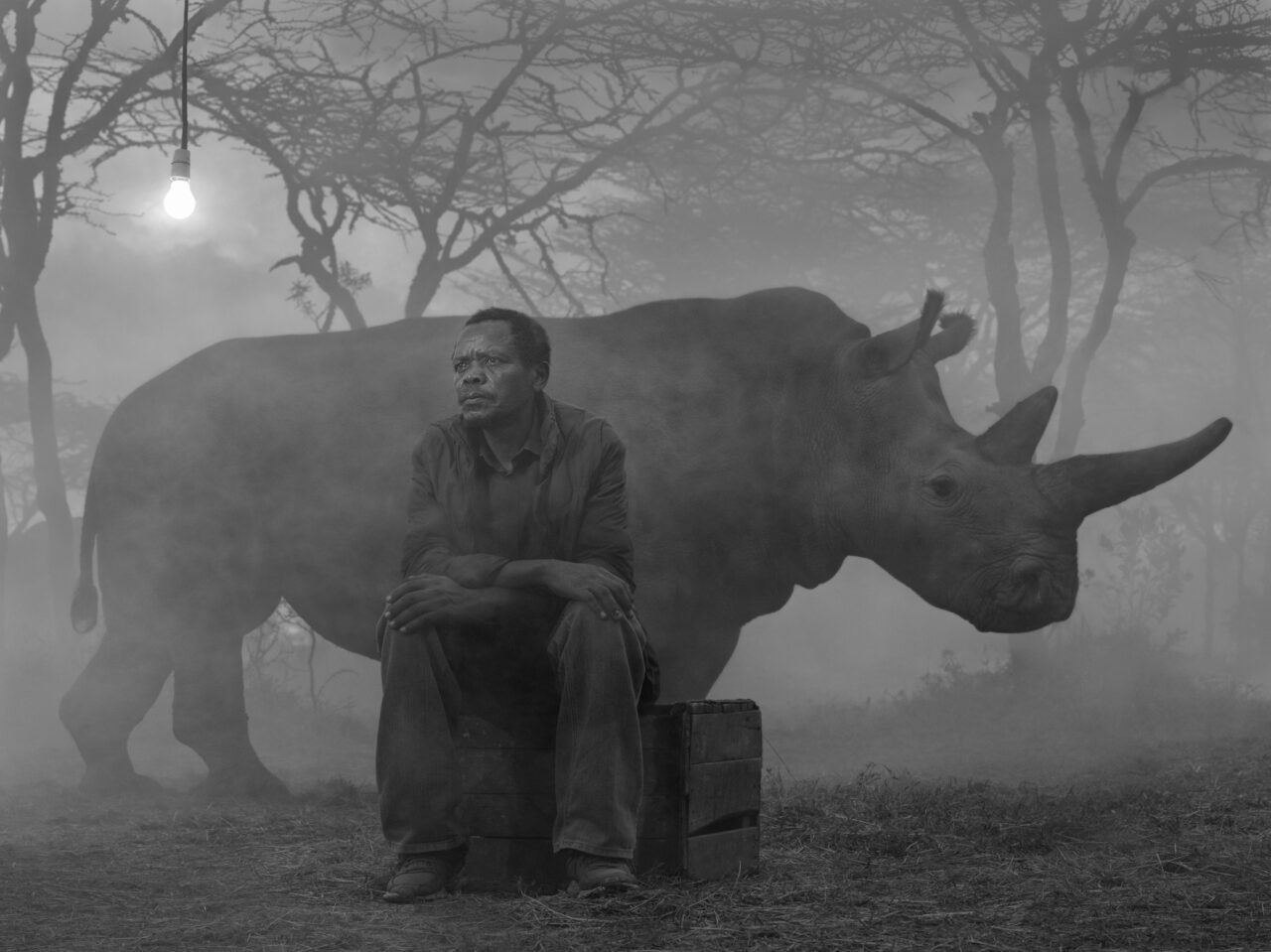
Born and raised in London, Nick Brandt originally studied Painting and Film and now lives in the southern Californian mountains. Brandt has had multiple solo exhibitions in museums and galleries worldwide, and in 2010 he co-founded Big Life Foundation, a non-profit organization dedicated to protecting 1.6 million acres of ecosystem in East Africa. The themes of Nick’s photographic works relate to the destructive impact that humankind is having on both the natural world and now humans themselves also.
This conversation has been edited for length and clarity.
Jo-Anne McArthur (JM): Nick, it’s great to connect again. I love our chats. First things first: Your massive new body of work, The Day May Break (2021) is the first part of a global series portraying people and animals impacted by environmental destruction. I have the book and am mesmerized by the images and their execution. The project is being exhibited globally. The photos are insane, and I know you get all the usual assumptions about them being Photoshopped.
Nick Brandt (NB): Sigh. Yes I do. And before I launch into that, thank you for those kind words, and yes, we don’t get to chat and sympathize enough with each other.
But to cut to the chase, yes, the people and animals were photographed together in the same frame. This was possible because the photos were taken at sanctuaries where the animals are almost all long-term rescues, victims of everything from the poaching of their parents, to habitat destruction and wildlife trafficking. So these animals can never be released back into the wild. As a result, they are habituated, and so it was safe for human strangers to be close to them. It was also possible because the animal carers had such a good trusting relationship with all of the animals.
The people in the photos have all been badly affected by climate change – some displaced by cyclones that destroyed their homes, others such as farmers displaced and impoverished by years-long severe droughts. They were also very calm, gracious and patient around these animals. The whole process was very calm and relatively stress-free.
This is all very different, of course, to the work that you do, Jo, which is much more high stress, with your cortisol levels probably shooting way up in many locations. I couldn’t handle that. Knowing that much of the time, every animal you photograph is going to be killed shortly, well, I would be arrested for trying to save every animal. Meanwhile, with the work I do, I can (selfishly?) maintain my sanity by photographing animals that are still alive, have lives of hope, a future. I don’t have the psychological strength to go beyond that. As I have said before, I am in awe of you and others working in the same field. You’re like war photographers, invariably photographing from the losing side.
JM: Nick, the cortisol is starting to feel like it’s killing me. I do think this gets harder with age. I still do it – I am heading out to do an undercover investigation this weekend. I can’t say what, as this [conversation] will get published ahead of the release of that work, but I am glad that so many other people are doing it now too. There were so few professional photographers doing animal photojournalism when I started. It didn’t have a name then; it was considered the work of activists (which it of course is), or perhaps wildlife photography because what else do you call photography that has animals in it?
“I am in awe of you and others working in the same field. You’re like war photographers, invariably photographing from the losing side.” — Nick Brandt
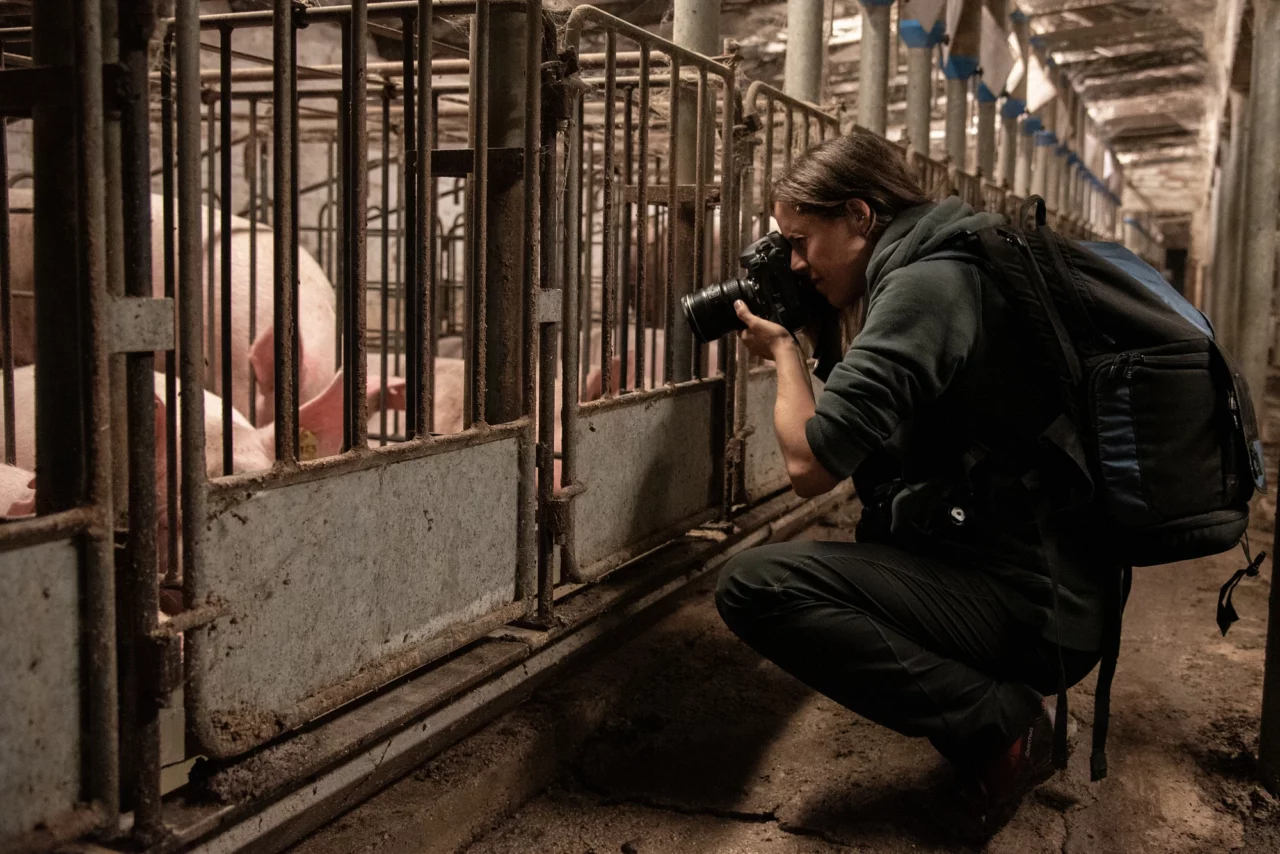
NB: I did a talk a few years ago with a very brilliant, highly-respected photography writer and critic, whom I like a lot, who asked me “Is it possible to take portraits of animals?” My reaction was one of spluttering incomprehension, because of course to me (and you and probably anyone reading this article), that is the same as saying “is it possible to take portraits of humans?” Because they are both sentient beings, and so for me, there is no difference, other than the fact you cannot direct the animals. We continue to battle endless examples of speciesism.
JM: You say that shooting The Day May Break was calm and stress free – it really shows in the images. I love it. That you can show such sadness, depth, urgency, poignancy, in a calm way. Our work spellbinds in different ways, Nick. May photographers find many other ways still, so that we can instil in people the need for action, change, compassion. And, frankly, critical thinking and rationality. Animal-focused work, activist work, is way too often relegated as sentimentality.

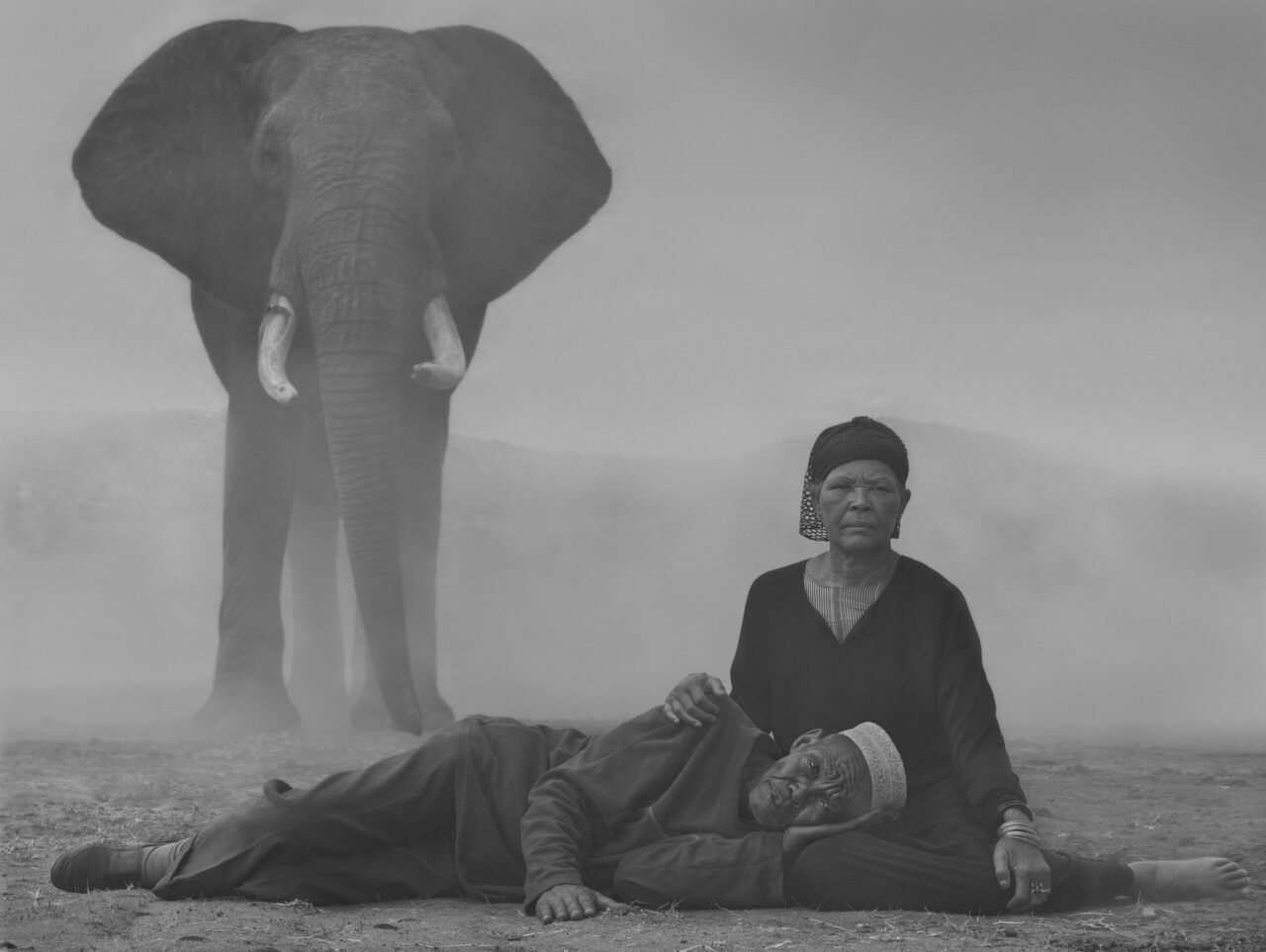
“I love that you can show such sadness, depth, urgency, poignancy, in a calm way.” — Jo-Anne McArthur
JM: Unlike your last few books, you switched to digital for The Day May Break. What prompted it? Any regrets about shooting film for the last books? I know it made the work more laborious, shall we say?
NB: I had already switched to digital for my previous project, This Empty World. A practical necessity. As for The Day May Break, the fog emanating from the fog machines (water-based, non-toxic) constantly shifted with the slightest change in the wind, so at the end of each session, it was important to be able to review what I had shot and see what was going on with the fog in the photos where animals and people appeared to have aligned into a potentially good frame.
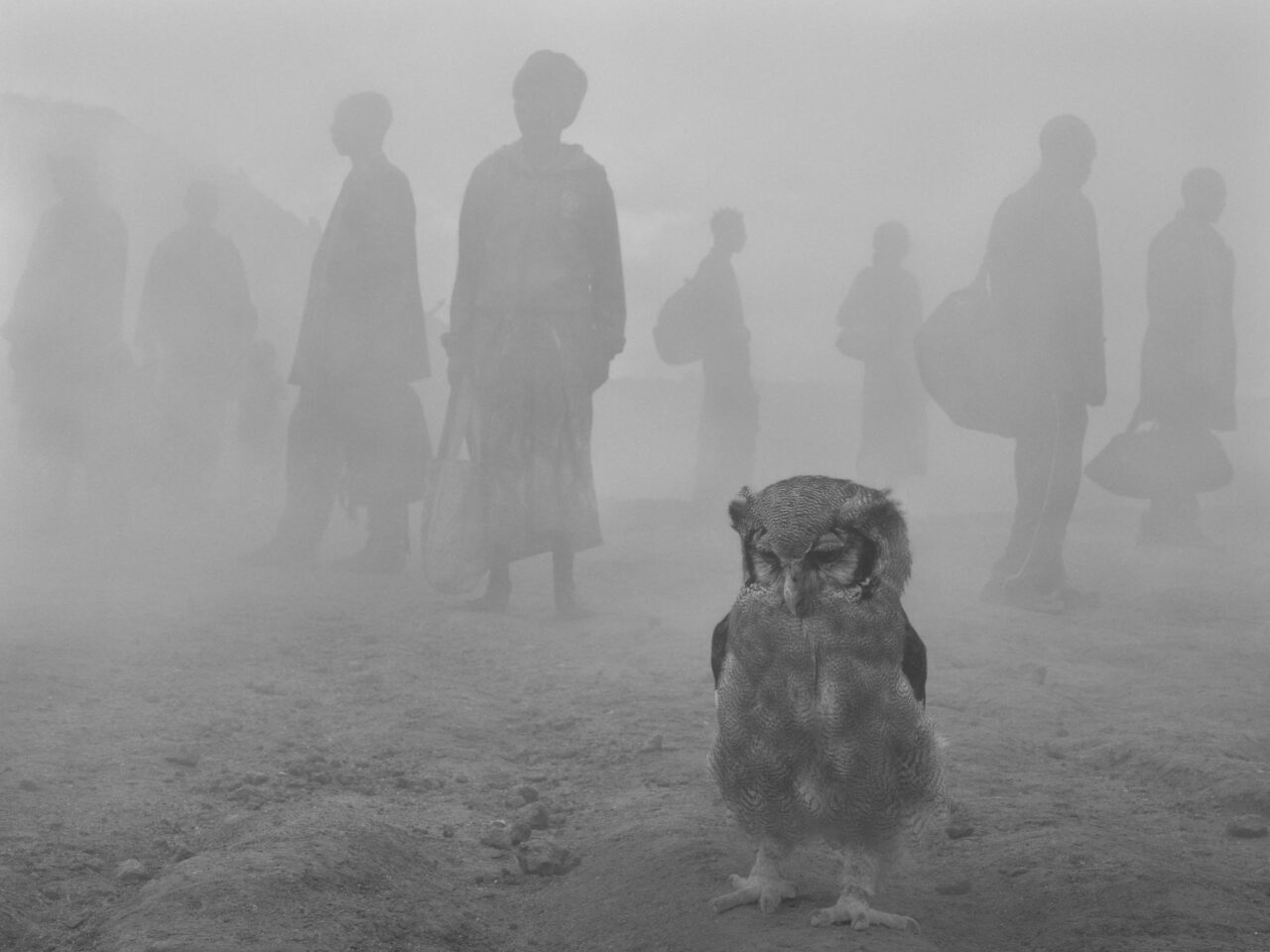
JM: Your books Inherit the Dust, This Empty World and The Day May Break are culminations of your animal work. And I understand you’re just getting going on this animal work, especially as it overlaps with climate change and human strife. But your foundation, Big Life, came out of your early days of animal work. What came first for you, photography or conservation?
NB: Animals and conservation came first. I realized very belatedly in my life, too belatedly, that photography was the best medium for me to express my feelings about the destruction of the natural world. But finally finding this path was the best decision I ever made.
JM: Ah, me too. The camera is my way of expressing my feelings, and showing others what I think is important. I write about what I see, too, but the photos hit home and they do it quicker than an essay can! Seriously though, the camera has often felt like my all-access pass into the lives of others, and I love to take it with me and then let it lead me. I’ve shot less during the pandemic, and I remember recently picking it up again and feeling like I was home.
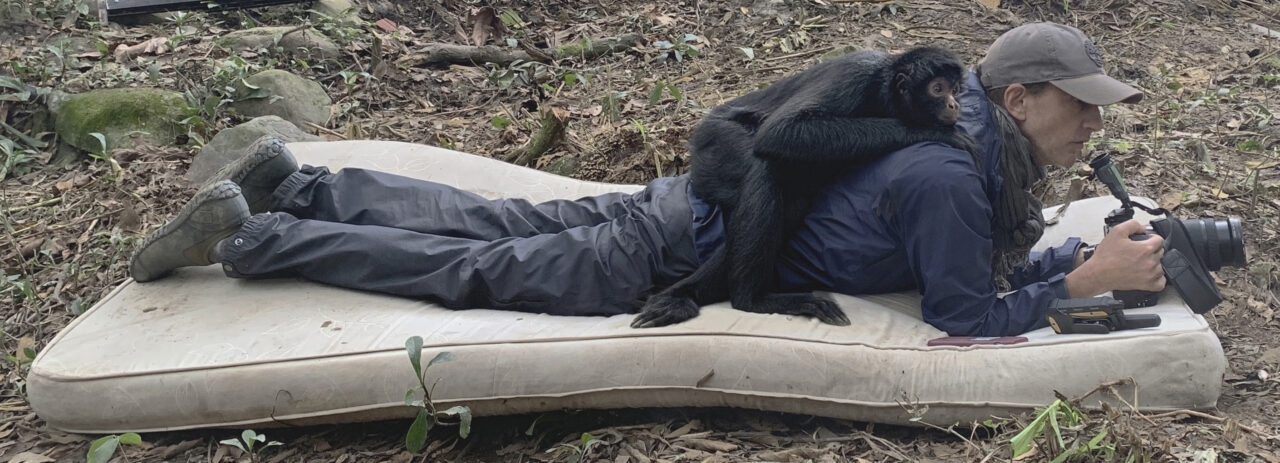
JM: Do you call your work art? Photography? Journalism? You are bearing witness, but not like a photojournalist would.
NB: Deciding what is art is always an impossible question, especially when you’re the creator of the work. So I prefer to leave that for others to decide.
Yes I am bearing witness, but is not every photographer a witness that is engaged in portraying something of consequence in the world? And even then, actually, who decides what is consequential? Clearly there are a vast number of people in America, for example, who ignore all science and inexplicably refuse to believe the reality of climate breakdown. So presumably, they would not consider that those addressing it are bearing witness.
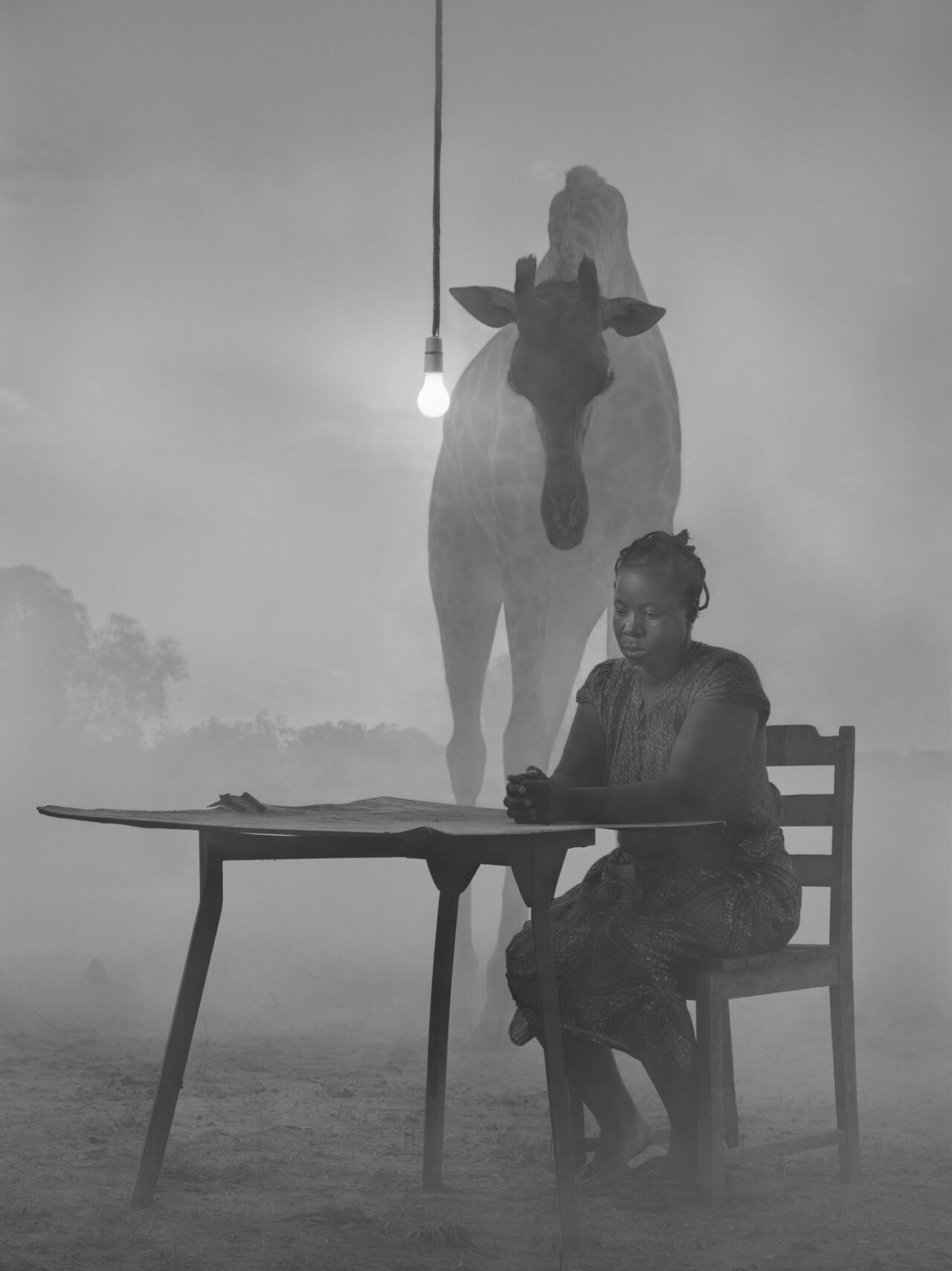
JM: We’ve had some long talks and I know how pained you are about the social and political climate of the country you currently live in. Science and climate change denial is growing though, and it’s scary to see this tide rising in tandem with the far right. I’m not sure what I can do about reaching non-believers in animal sentience, or those so rigidly believing in their presumed right to use animals. But I can and do reach a lot of people. My hope is that at least a few of the photos I take in my lifetime will irrefutably show to us that the individual in the frame is thinking, feeling, worthy of safety, consideration, protection. Animal photojournalism needs ethology, needs media, even needs policy, to help get us there. “There” meaning accepted, acceptable – inevitably? – in the public conscience.
NB: Even though there is greater growing awareness of animal sentience, it is far too slow for our liking. And sorry to paint a dark dystopian picture, but as climate breakdown intensifies, and people around the world struggle all the more to simply survive by whatever means they can, I think that the pressure on the natural world and the animals within it will also intensify, with even greater amounts of killing wild animals, simply for food. But as always, it just means we all have to fight even harder, each difficult step.
“We continue to battle endless examples of speciesism.” — Nick Brandt
And of course, it is not just the animals who will be the victims of climate breakdown, but also the most vulnerable, poorest humans. My earlier series of works, like Inherit the Dust, also addressed this: unreleased portraits of animals that I had taken over prior years were printed life-size and glued to large panels, then the panels were placed in locations where animals such as these used to roam. The damnation of animal life, the debasement of human life, the destructive conjugality between the two.
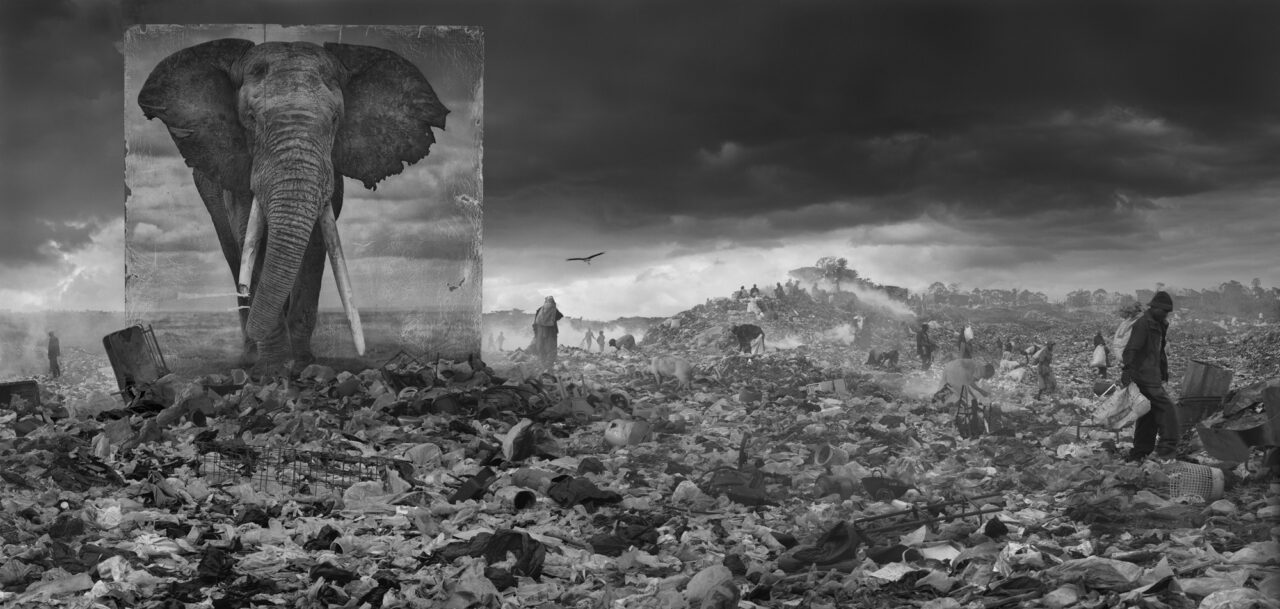
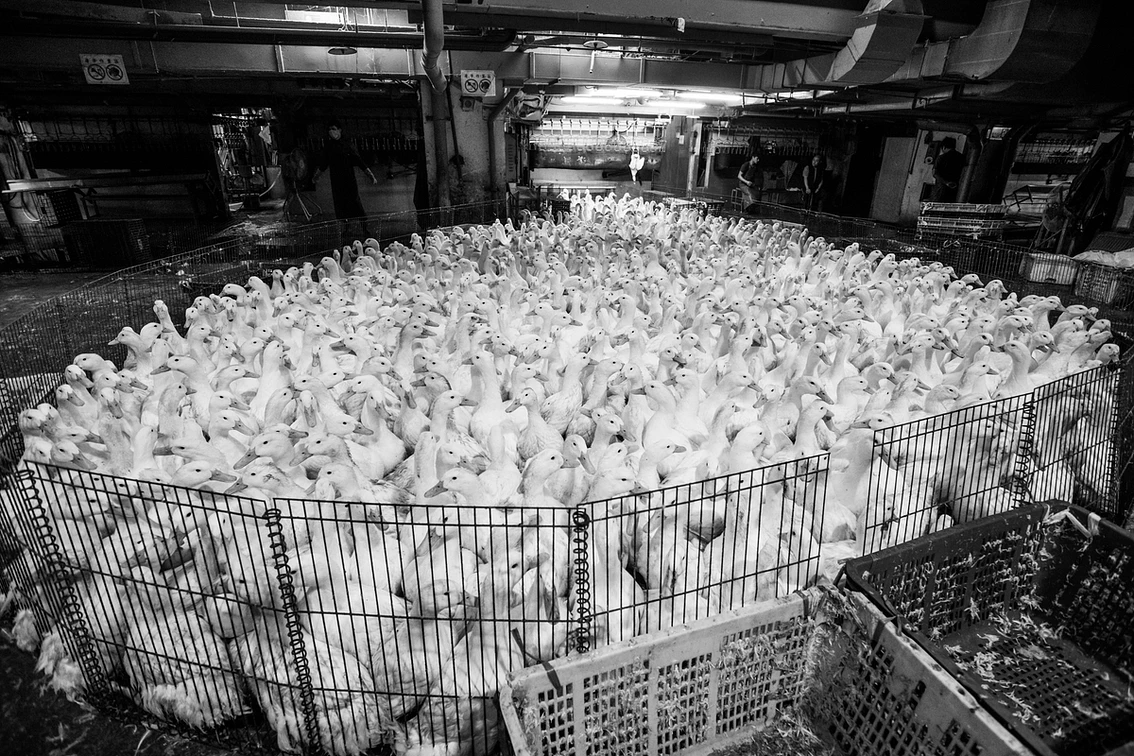
JM: Is there any particular image you’ve created that you think represents your work and what you’d like to communicate to the world particularly well?
NB: I’m hesitant to judge what works well about my own work. But since you have asked, I’ll plump – somewhat randomly, for – “Alice, Stanley and Najin, Kenya, 2020”.
Context first. Abnormal floods, intensified by climate change, destroyed Alice and Stanley’s house in central Kenya in 2017. Fearful that this would happen again, they basically became climate refugees, moving to the city to try and start a new life, but have struggled in a new place. (Money from a share of print sales proceeds have helped them however, as they are about to start a shoe-making business with the money.)
Najin is one of the last two northern white rhinos in the world. When her daughter, Fatu dies, the species will be extinct. Once upon a time, the northern white rhino’s range extended through central Africa. But decades of poaching have taken its grim toll. Ol Pejeta Conservancy, where they live, has 24/7 armed security for Najin & Fatu.
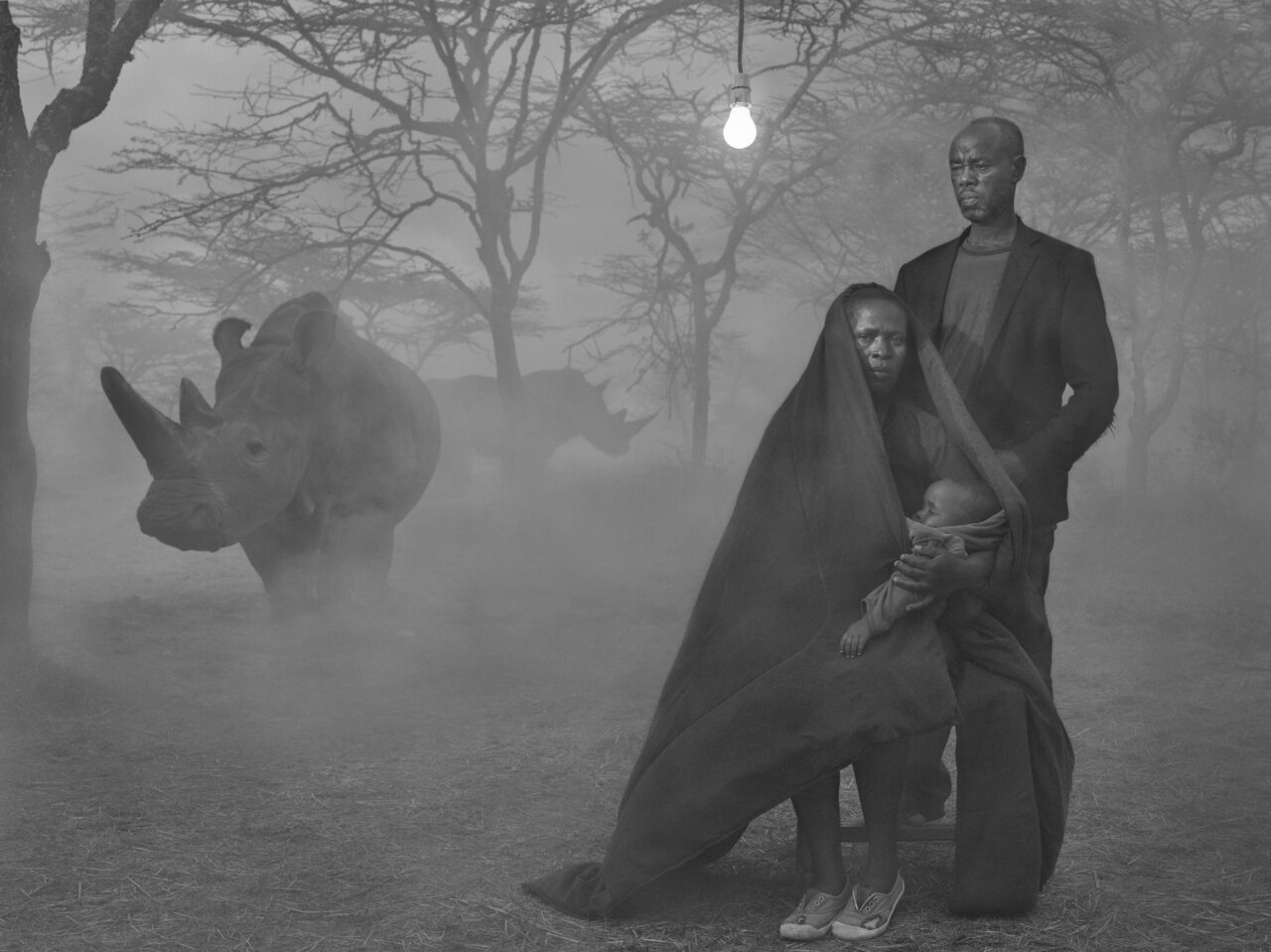
“Najin is one of the last two northern white rhinos in the world. When her daughter, Fatu dies, the species will be extinct.” — Nick Brandt
JM: I find this so shocking that I just can’t find words. Only an exhausting exasperation for humans!
NB: Stating the obvious, everyone interprets an image differently. But I think perhaps you can see in this photo that Alice and Stanley do feel like what they are – climate refugees, that the rhinos are somehow discombobulated and fading from view, as their species fades away. But you know what, I would love to hand it over to Kenyan novelist Yvonne Adhiambo Uwuor, who wrote the beautiful foreword to the book. She describes the people and animals in these photos as “veterans of the planet’s unruly rumblings”, and “human beings whose lives the restless earth has overturned in such absolute ways, that the ordeal has imprinted itself upon their very essence. They carry these marks with a quiet stoicism.”
So I would like to think that this photo is a good example of what Yvonne describes.
JM: That’s beautiful. I loved reading her thoughts.
I hear you about us not always being our own best judge of what will resonate with others. And yet for me I sort of have a classic type of image that speaks to me, and speaks to others. Wide angle, up close, an animal in the frame, often looking at me, with the industry the animal is kept in, or being slaughtered in, all around them. The human element – the cause of the animals’ life and death – all around them.
NB: Interesting. What you describe is just about the most confrontational way of taking the photo (with the animal alive.)
“Animal photojournalism needs ethology, needs media, even needs policy, to help get us there. “There” meaning accepted, acceptable – inevitably? – in the public conscience.” — Jo-Anne McArthur
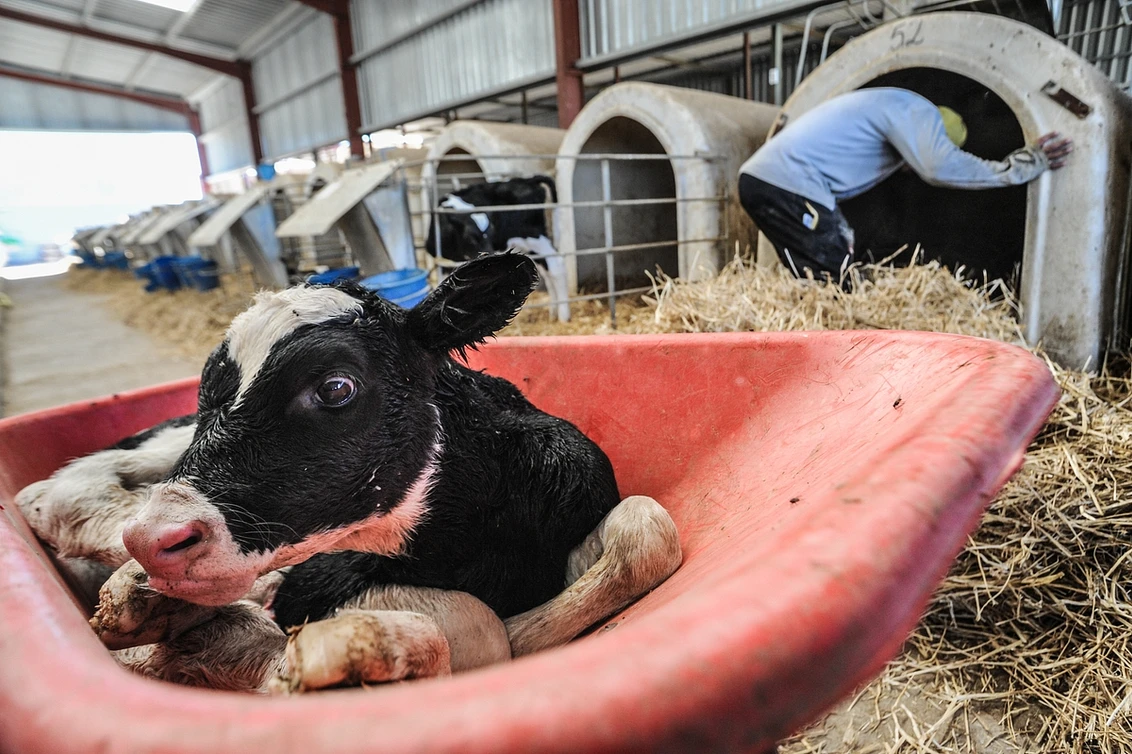
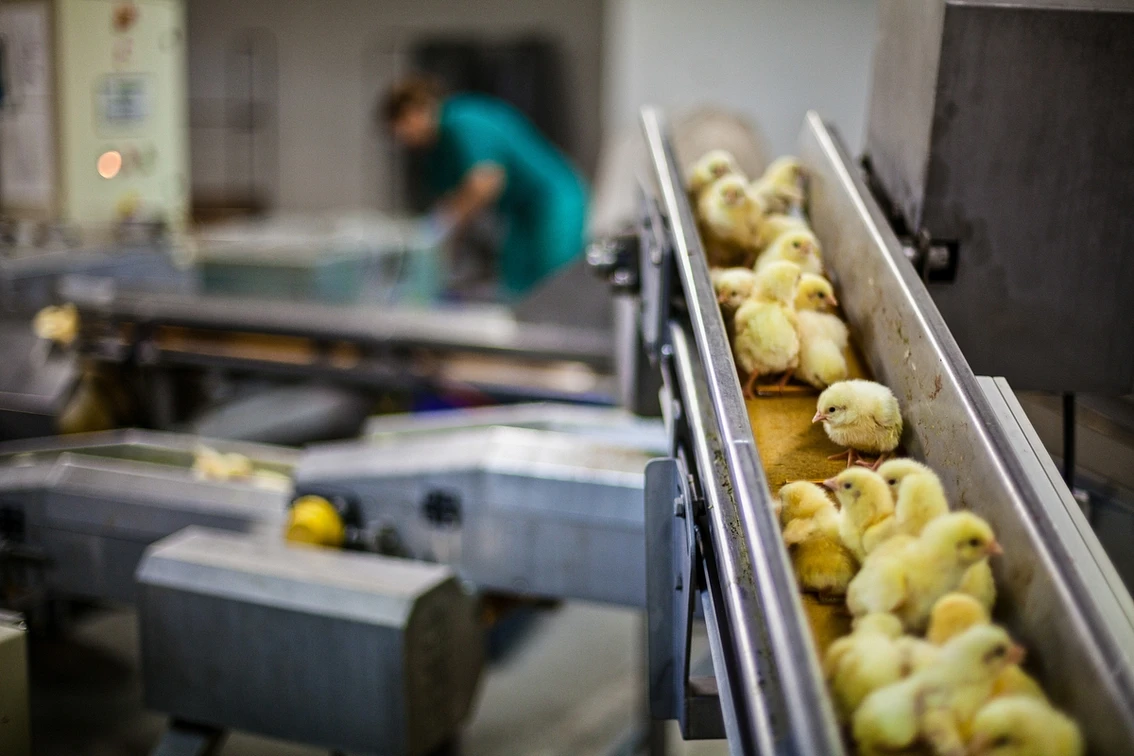
JM: I love how you’ve set things up with Big Life and print sales generating much-needed funds for people and projects. I used to hold exhibits and send the money raised back to the source of the story. Now the funds we generate go back into doing more assignments, more communications, more outreach, which allows us to continue providing animal advocates with free visuals for their work.
NB: Yes, so with The Day May Break, even though I have not yet broken even on the project’s expenses, I feel it’s only right that the people in the photos get a form of royalty payment from a percentage on the sale of the limited edition prints. In a few cases, collectors have donated life-transforming amounts to the people in the prints they bought, which is wonderful, as everyone wins.
With Big Life, in the first few years, print sales did help get it going, but in fairly short order, regular donations helped establish Big Life. Now in 2022, Big Life employs 350+ local rangers across the ecosystem, with multiple outposts and patrol vehicles, and with that the incidence of poaching has been dramatically reduced and the populations of elephants, lions, giraffes, and cheetah are all on the increase.
JM: What do you think about this genre that WAM has named – animal photojournalism (APJ)? Any pushback?
NB: It’s incredibly important work. As I’ve always said to you, I am in awe of the work you all do, because it is so easy to feel overwhelmed with anger and rage. Jo, your line – not photography of animals but for animals – is perfectly stated.
JM: I expected major pushback from the photo world but it’s been the opposite, and has led to more invitations to discuss what it is, and to jurying competitions. Being even more involved in the photo world is something I want because it normalizes and legitimizes what we’re doing. Some say that animal photojournalism shouldn’t be needed as its own thing, because it should just be considered photojournalism, but that genre is of course largely exclusive to anthropocentric stories.
NB: I don’t understand why photojournalism can only be considered relating to human stories. So on the one hand I would also say that the term should not be needed. However, if it helps to focus peoples’ minds on the issues of animals, then yes, it’s a good genre to push as forcefully as possible.
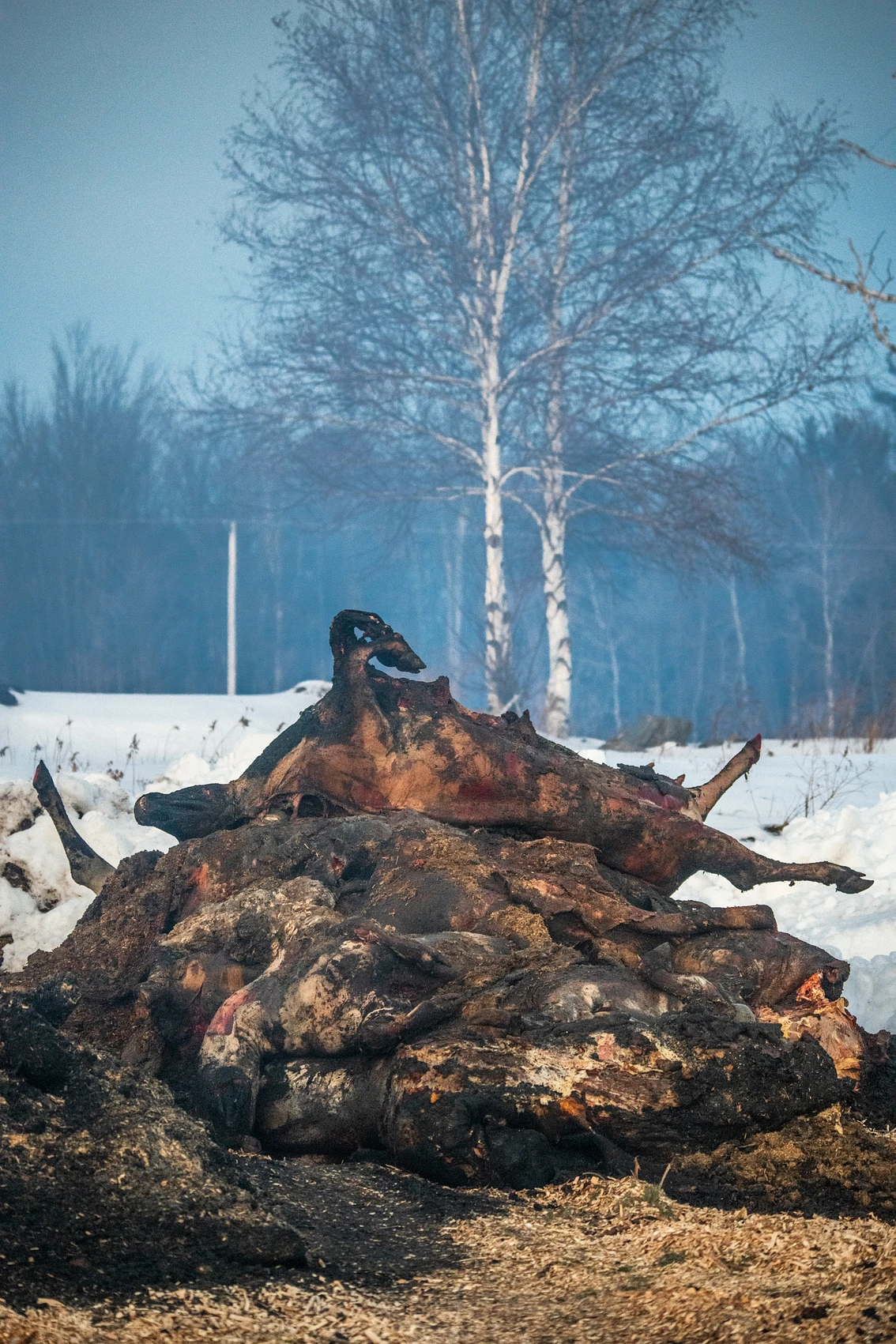
JM: You recently succumbed to posting on Instagram. Was that a purely commercial decision, or are you enjoying it? Or both?
NB: I consider Instagram the world’s worst and most inadequate visual platform. Visually detailed work is not designed to be seen on a two inch screen on your phone. Actually, I don’t think anything visual is.
It has unfortunately become a one-stop-shop visual aggregator where people go to view work, who don’t even visit photographers’/artists’ websites where the work can be viewed so much better. At the same time, I have discovered wonderful new photographers on Instagram, whose work I then get to know better via their books, their websites, etc. And it does of course provide a very important outlet for those in far-flung countries who would otherwise not have eyes on their work. So in theory, it means that anyone can build a following, an awareness, a message. In that regard, it is great.
JM: I dislike it too but because it encourages device addiction: designed to control our self-esteem and consumer habits, and is a tad life-sapping. It seems to me that most of us are sleep walking and scrolling is part of the problem, as it keeps us away from real people, real joy, real suffering, real issues. However, it is the tool we use now to disseminate our work and it’s doing so brilliantly and quickly. We need animal photojournalists to be using it.
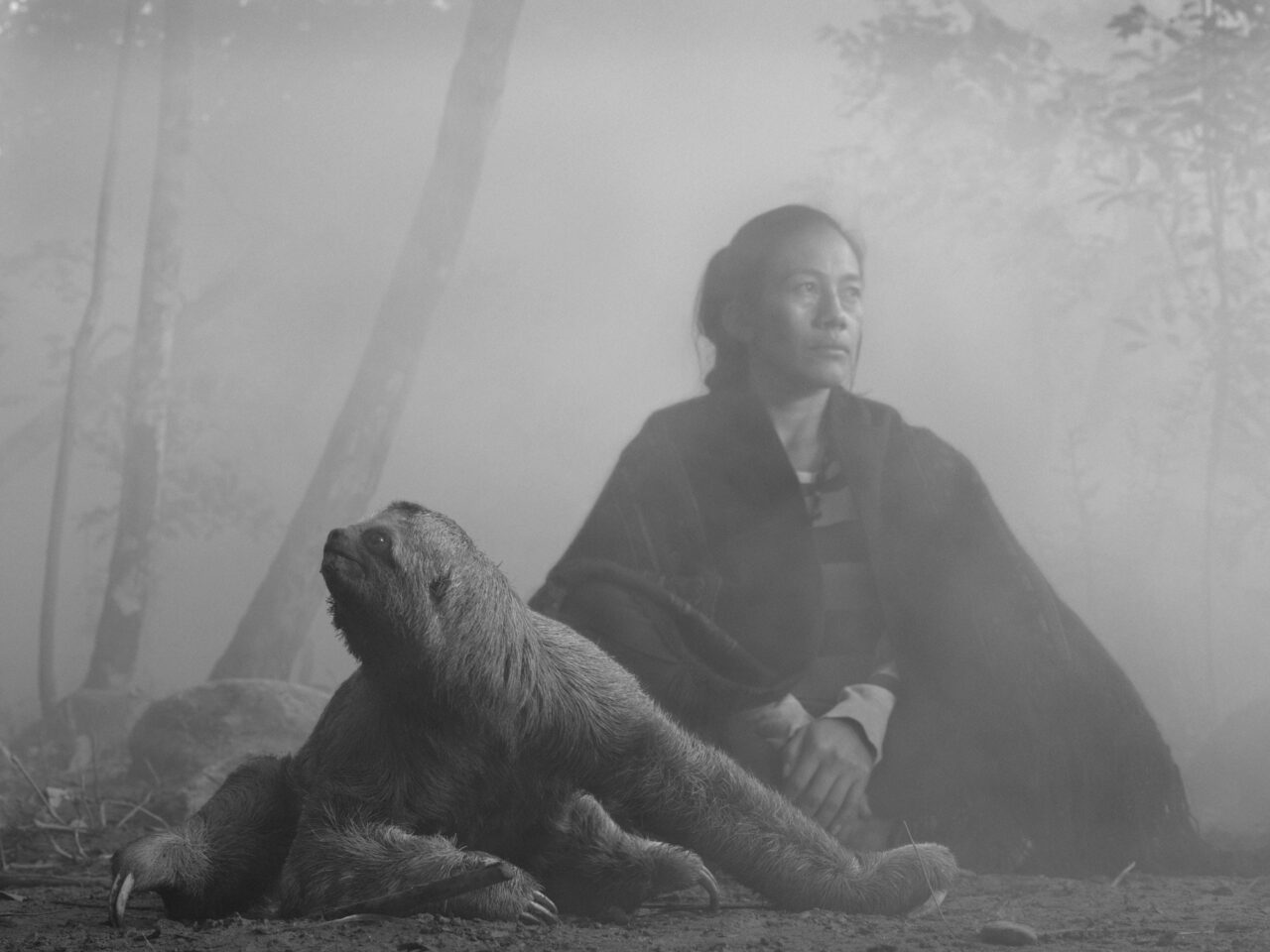
JM: If you could issue an invitation to other photographers to take up animal photojournalism, or photographing animals, what would you say?
NB: It is so easy to get sidetracked in your life, and be dissatisfied with what you’re doing without perhaps even realizing (I was one of those people). But then when you do hopefully realize that you can use your talents towards something you consider much more important, that can be a liberating epiphany.
As I have said hundreds of times, it is better to be angry and active than angry and passive. Doing something you believe in, that you think can perhaps make a difference, this can help push away the unhealthy sense of despair and helplessness, and instead galvanize and focus you, and give you energy.
Two words: Greta Thunberg. If one young girl sitting alone with a placard on a street in Stockholm can achieve in a few years what she has, well, c’mon, let’s get going.
JM: We see ourselves as so removed from the environment that we see animals (those who are not humans!) as something very separate. They aren’t separate. We all affect one another. Animal stories are humanitarian stories are environmental stories are climate stories.
NB: Exactly.
JM: And the animals of the world are incredibly fascinating! Their travails, their abilities, their ways, which are like ours but so wonderfully exceeding of ours. We need to see them, experience them, learn from them, and it needn’t be face-to-face, and can’t always be, but it can be through images. So we need to get out there and take those images, even if it takes an emotional toll on us to do so. It is simply worth it, for both societal and personal rewards.
I’m recalling this photo I saw in Nat Geo when I was a kid. It was a close-up of the eye of a dead zebra, and in the reflection of their eye you see clearly men standing over the animal, holding guns. I tore it out of the magazine and it was pinned up on my wall for years. I’m sure it was more formative for me than I ever realized! Get out and take those photos. Tell those stories. You never know who they will reach and how it will change them.
“Animal stories are humanitarian stories are environmental stories are climate stories.” — Jo-Anne McArthur
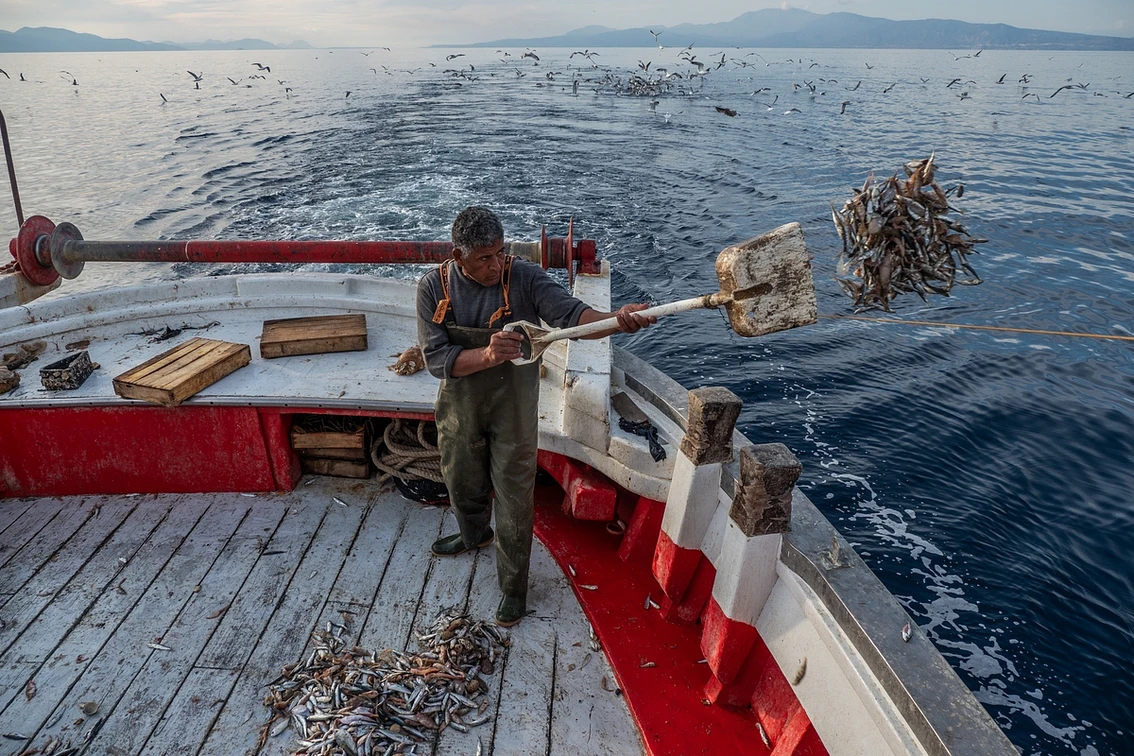
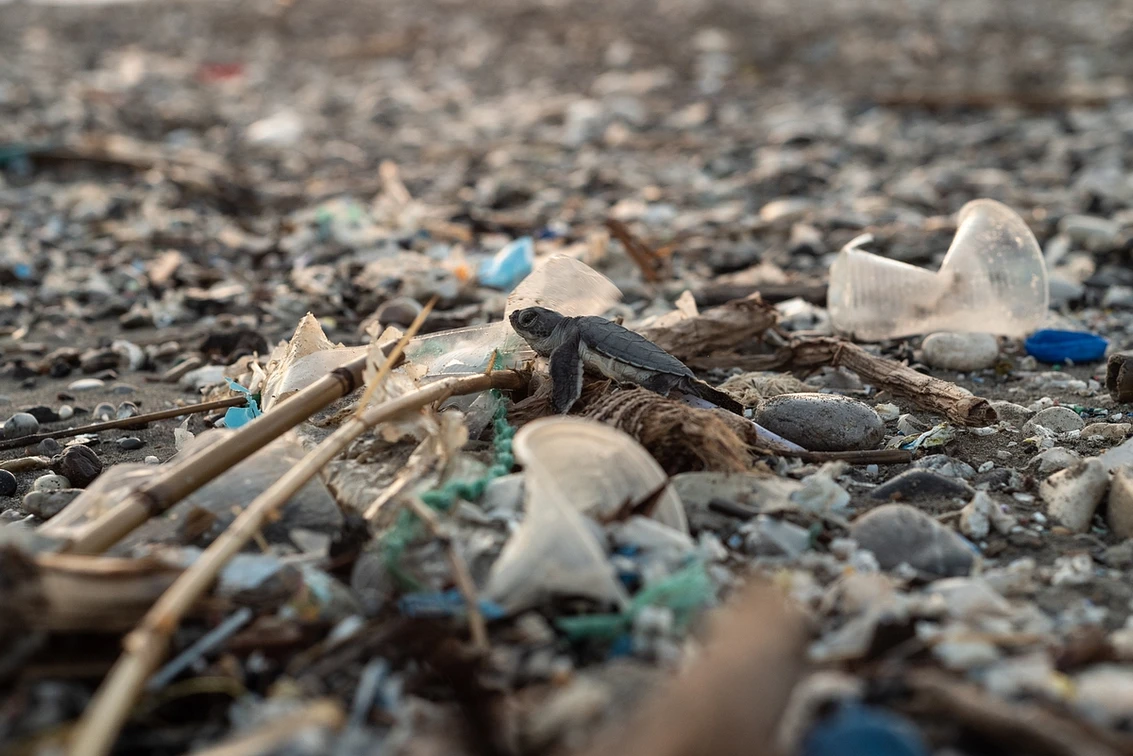
JM: Are you already shooting your next project or projects? Can you tell us a little about what’s upcoming in your work?
NB: I recently finished Chapter Two of The Day May Break in Bolivia, which again features people badly impacted by climate change, and many rescued species on the South American continent. That work [was] released in September, with exhibitions of both chapters in New York and Shanghai in October. Two of those images are included in this interview. The book of that work is published in Spring 2023 (the book from Chapter One was published last year).
And I have started prepping for Chapter Three, photographing in another very different part of the world, with a very different angle.
JM: I’m shooting less now, for three reasons: Covid grounded me and I am recovering slowly, and We Animals Media has many photographers now, so we give assignments to photographers all over the globe. It’s no longer just me chasing all the stories for months at a time. The third reason is that I’m running the organization, and doing more teaching and speaking. I like it a lot, but my “home,” as I mentioned before, often feels to be with the camera and with the pen. So there will be more of that in the future. That’s where the inspiration is and what keeps me ticking.
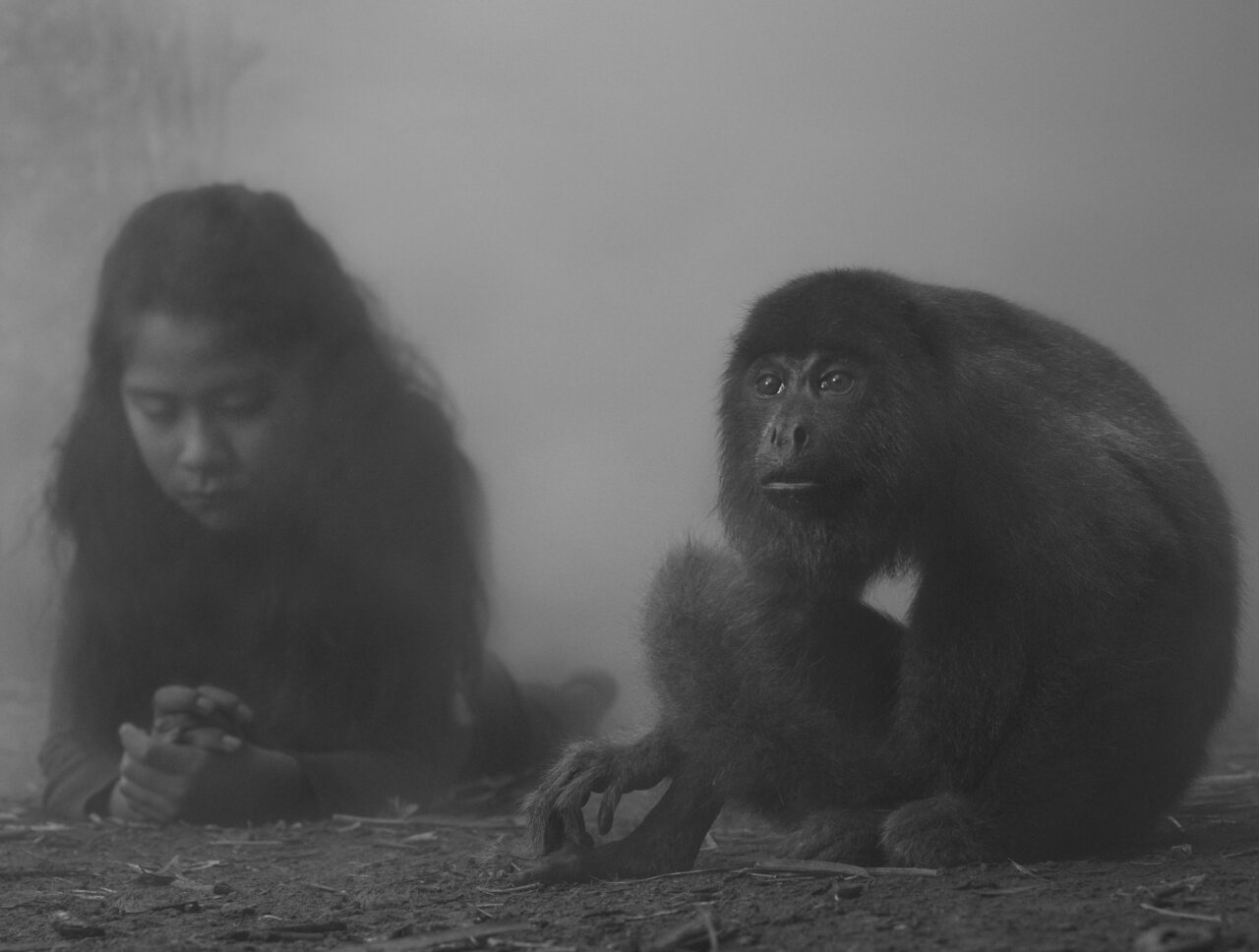
Thank you to Nick Brandt for allowing us to republish their conversation and to We Animals Media contributors Stefano Belacchi, Luis Tato, Selene Magnolia, and Odysseas Chloridis, whose images are also featured. We encourage you to learn more on Brandt’s website and the WAM website. You can follow them on Instagram at @nickbrandtphotography and @weanimals, respectively. To help support their work for animals, make a donation to the Big Life Foundation and/or We Animals Media.


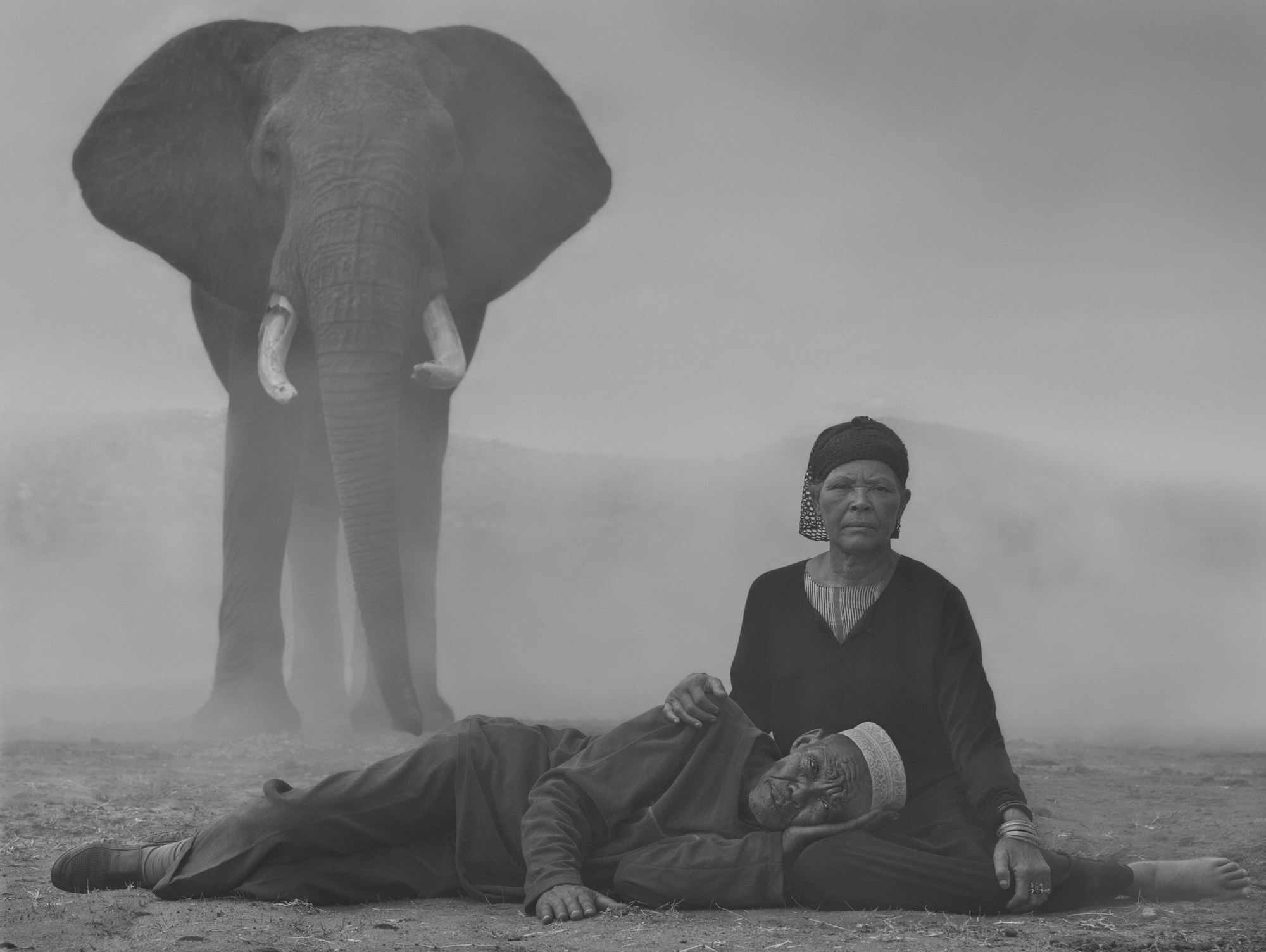
Leave a Reply